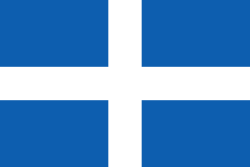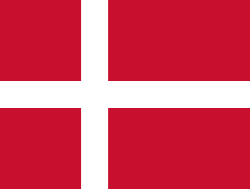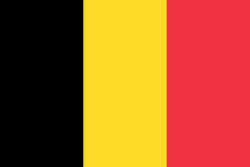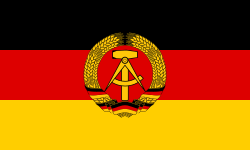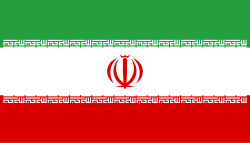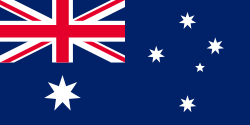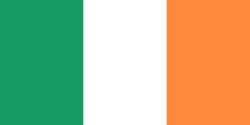Hennie Kuiper
| Hennie Kuiper | |
|---|---|
 | |
| Rodné jméno | Hendrikus Andreas Kuiper |
| Narození | 3. února 1949 (75 let) Dinkelland |
| Povolání | cyklokrosař, sportovní cyklista a sportovní ředitel v cyklistice |
| Ocenění | rytíř Oranžsko-nasavského řádu Cyklista roku Nizozemska |
| Web | www |
| Některá data mohou pocházet z datové položky. | |
| Přehled medailí | ||
|---|---|---|
| zlato | 1972 Mnichov | silniční závod jednotlivců |
| Mistrovství světa v silniční cyklistice | ||
| zlato | 1975 Yvoir | silniční závod |
| Giro di Lombardia | ||
| vítěz | 1981 Lombardia | Giro di Lombardia |
Hendrikus Andreas Kuiper (* 3. února 1949, Noord Deurningen) je bývalý nizozemský cyklista. Jako amatér vyhrál na olympiádě a zároveň se stal profesionálním mistrem světa, což dokázali kromě něho už jen dva jezdci: Ercole Baldini a Paolo Bettini.
Úspěchy
- Milk Race – 1. místo 1972
- Cyklistika na letních olympijských hrách – 1. místo 1972
- Mistr Nizozemska v silničním závodě jednotlivců 1975
- Mistr světa 1975
- Tour de Suisse – 1. místo 1976
- Tour de France – 2. místo 1977 a 1980, 5 etapových vítězství, trikot pro nejaktivnějšího jezdce 1979
- Nizozemský sportovec roku 1977
- Giro di Lombardia – 1. místo 1981
- Paříž - Roubaix – 1. místo 1983
Externí odkazy
 Obrázky, zvuky či videa k tématu Hennie Kuiper na Wikimedia Commons
Obrázky, zvuky či videa k tématu Hennie Kuiper na Wikimedia Commons - Hennie Kuiper v databázi Olympedia (anglicky)
- Oficiální stránky
Média použitá na této stránce
Olympic Rings without "rims" (gaps between the rings), As used, eg. in the logos of the 2008 and 2016 Olympics. The colour scheme applied here was specified in 2023 guidelines.
Olympic Rings without "rims" (gaps between the rings), As used, eg. in the logos of the 2008 and 2016 Olympics. The colour scheme applied here was specified in 2023 guidelines.
Řecká vlajka (1822-1970 a 1974-1978)
Autor: Fornax, Licence: CC BY-SA 3.0
South African Red Ensign from 1912 until 1951.
Autor: F l a n k e r, Licence: CC BY-SA 2.5
Flag of the Kingdom of Sardinia (1851-1861) and of the Kingdom of Italy (1861-1946). Use: Civil flag and ensign. In a governmental or a military context, the crowned version (see Crowned version) was always used (as State flag and naval ensign).
Autor: F l a n k e r, Licence: CC BY-SA 2.5
Flag of the Kingdom of Sardinia (1851-1861) and of the Kingdom of Italy (1861-1946). Use: Civil flag and ensign. In a governmental or a military context, the crowned version (see Crowned version) was always used (as State flag and naval ensign).
The civil ensign and flag of Belgium. It is identical to Image:Flag of Belgium.svg except that it has a 2:3 ratio, instead of 13:15.
(c) I, Cmapm, CC BY-SA 3.0
The flag of the Soviet Union (1955-1991) using a darker shade of red.
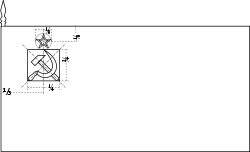
(c) I, Cmapm, CC BY-SA 3.0
The flag of the Soviet Union (1955-1991) using a darker shade of red.

This is the national flag of Belgium, according to the Official Guide to Belgian Protocol. It has a 13:15 aspect ratio, though it is rarely seen in this ratio.
Its colours are defined as Pantone black, Pantone yellow 115, and Pantone red 032; also given as CMYK 0,0,0,100; 0,8.5,79,0; and 0,94,87,0.Flag of Iran. The tricolor flag was introduced in 1906, but after the Islamic Revolution of 1979 the Arabic words 'Allahu akbar' ('God is great'), written in the Kufic script of the Qur'an and repeated 22 times, were added to the red and green strips where they border the white central strip and in the middle is the emblem of Iran (which is a stylized Persian alphabet of the Arabic word Allah ("God")).
The official ISIRI standard (translation at FotW) gives two slightly different methods of construction for the flag: a compass-and-straightedge construction used for File:Flag of Iran (official).svg, and a "simplified" construction sheet with rational numbers used for this file.
Flag of Australia, when congruence with this colour chart is required (i.e. when a "less bright" version is needed).
See Flag of Australia.svg for main file information.Flag of Portugal, created by Columbano Bordalo Pinheiro (1857-1929), officially adopted by Portuguese government in June 30th 1911 (in use since about November 1910).
Autor: IIVQ - Tijmen Stam, Licence: CC BY-SA 3.0
Differenty colored cycling jerseys as used in different cycling contests
Zelený pruh má znázorňovat většinové katolické obyvatelsto Irska, oranžový pruh reprezentuje protestantskou menšinu a bílý pruh uprostřed znázorňuje mír a harmonii mezi nimi.
Řecká vlajka (1822-1970 a 1974-1978)
Autor: Johan Vermeulen, Licence: CC BY-SA 4.0
Hennie Kuiper tijdens zijn afscheidswedstrijd in Oldenzaal op 6 november 1988
Autor: Fornax, Licence: CC BY-SA 3.0
South African Red Ensign from 1912 until 1951.

